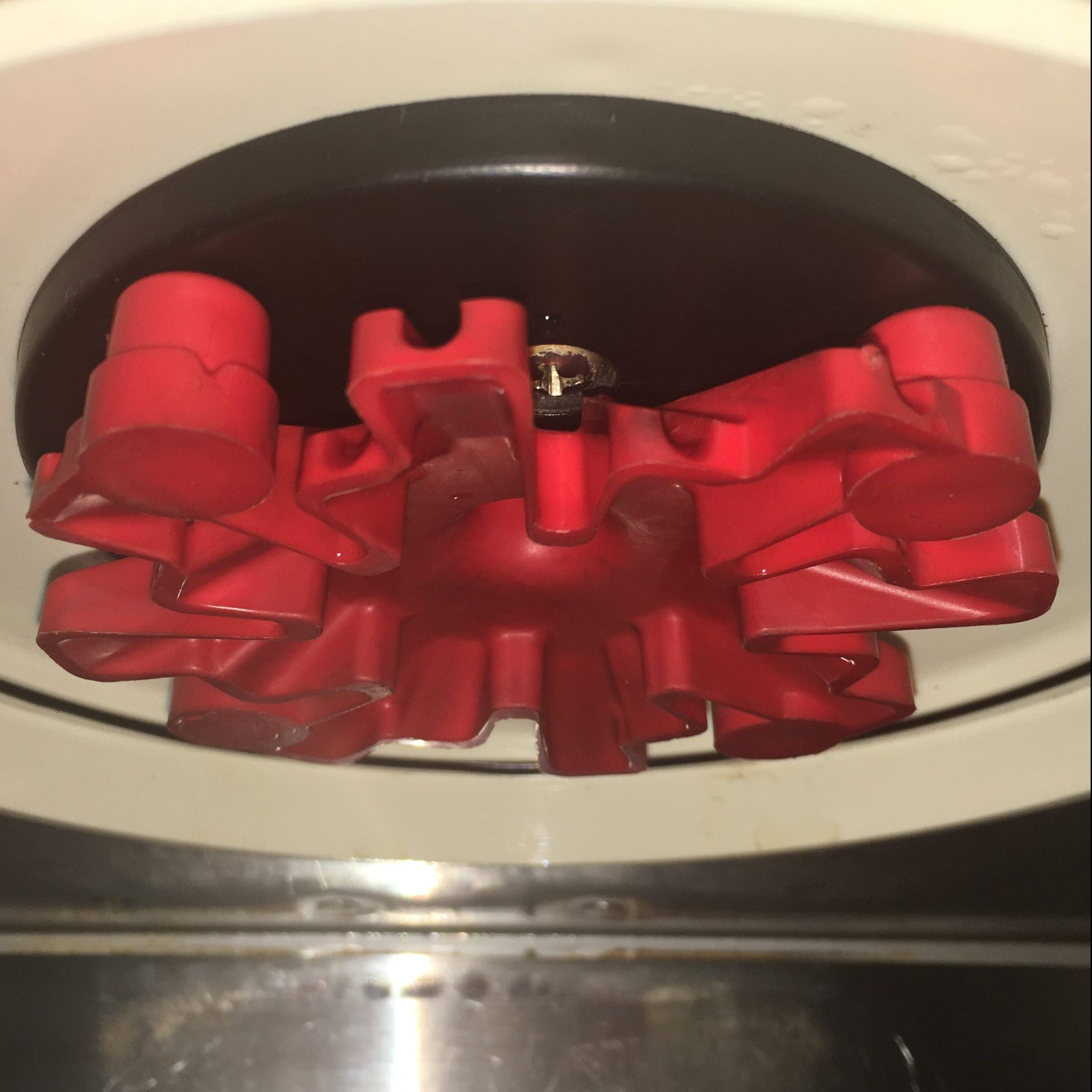Batch Brew Basics Part 1: The Setup
TL:DR
For great batch brew, it’s important to brew smaller batches more often to maximize integrity. Buy a machine with a flat-plate spray head, brew directly into, and fill completely, a two-liter (or smaller), vacuum-sealed carafe, ensure the spent coffee bed is flat, and serve the coffee within 30 minutes.
Batch Beliefs
Serving delicious batch brew is quite easy to do but third-wave shops usually don’t brew it well, and often serve old-tasting coffee. Expensive coffee is painstakingly grown, picked, sorted, and processed, often shipped halfway across the world, and carefully roasted. Given that effort and the related expense, it seems absurd to then be careless at the last step and serve customers semi-stale, 60-minute old coffee. Please brew your batches well, serve them fresh, and take your batch brew as seriously as you do your espresso and manual brews.
Batch Basics
In recent years many auto-drip machine manufacturers have changed their spray-head designs from a flat metal plate to an umbrella-like piece of plastic. The flat-plate spray heads distribute water very well over the entire coffee bed and can create admirably even extractions. However, they also build up scale and crud if not cleaned regularly. If you have one, please drop it in espresso-machine detergent every night along with your portafilters.
Manufacturers, tired of avoidable service calls due to dirty spray heads, decided that instead of finding a way to get their customers to keep their spray heads clean, they would change their spray-head designs. Understandable, but the new designs do a poor job of distributing water evenly over the coffee bed. Several drip-machine companies have spun the new spray heads as offering superior extractions. Lovely.
flat-plate spray head
CSD spray head
Flat-plate spent bed
CSD spent bed
The better flat-plate designs distribute water over the coffee bed in numerous small streams, causing less localized channeling. In contrast, the new designs impact the coffee bed in fewer spots, favoring extraction of the grounds local to those impact zones, resulting in less-even extractions.
Batch Size
Please brew only one coffee at a time, in batches of no more than two liters, to maintain adequate freshness. That will be plenty, unless you’re serving well more than 500 cups of filter per day. The batch size should fill the container completely.
rich's fetco with carafes
Bed Depth
Choose a combination of brew basket and batch size that results in a dry coffee-bed depth of 3cm--5cm. This is fundamental and often overlooked. If the coffee bed is too shallow, channeling is more likely, and you’ll be forced to use a finer grind, which is not desirable. If the bed is too deep, the grind setting necessary to allow proper flow through the coffee bed may be too coarse to produce the desired extraction level in a reasonable amount of time. There are a host of other possible side effects of improper bed depth, such as, but not limited to, causing overflow from the basket or causing the water to spray past the edge of the coffee bed.
If you plan to brew various batches sizes (say, larger batches for catering events), you may need a variety of brew baskets and/or wire inserts to adjust the diameter, and hence, depth, of your coffee beds.
The Bottom Line
Serving delicious batch brew requires more than simply buying nice coffees and programming the machine well. To ensure batch brew is always delicious and fresh, one must first choose the right machine and spray head, basket and bed depth, and batch size and serving carafe.
In a future post we'll address the basics of programming and evaluating results.
Thanks for reading.





